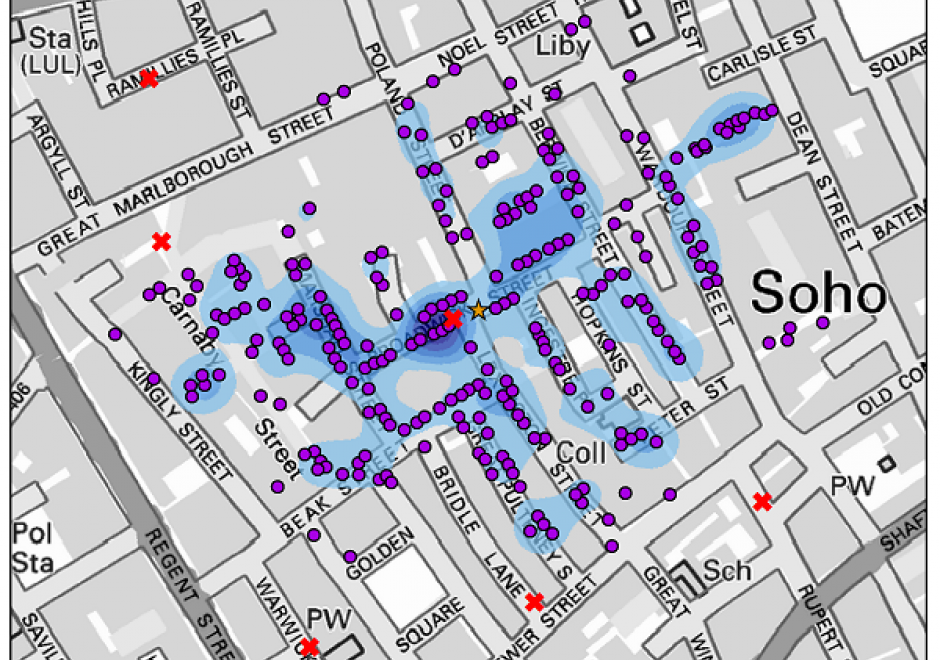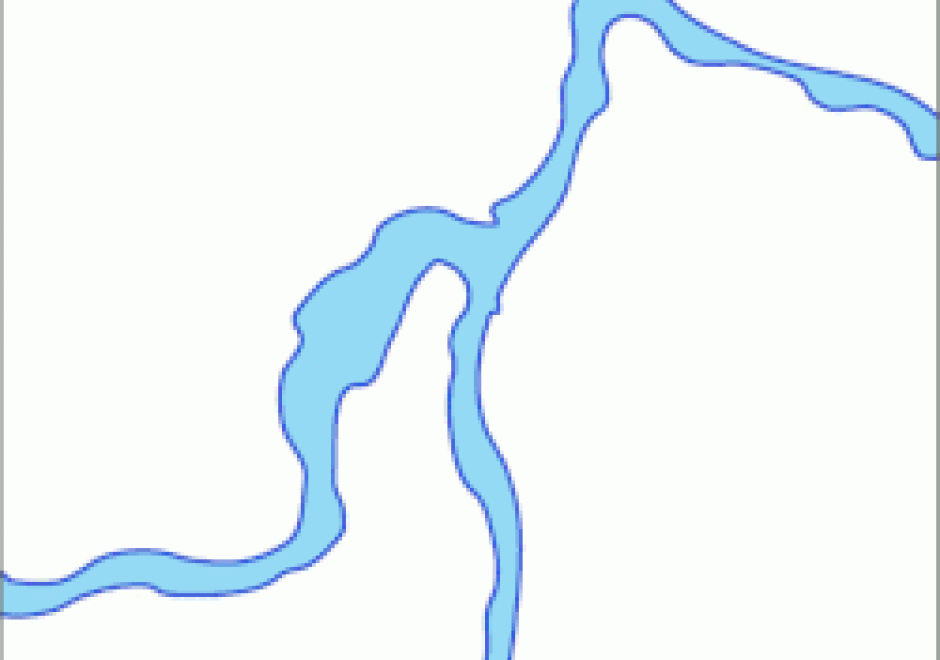FC-06 - Place and landscape

- Explain how the concept of place encompasses more than just location
- Evaluate the differences in how various parties think or feel differently about a place being modeled
- Describe the elements of a sense of place or landscape that are difficult or impossible to adequately represent in GIS
- Differentiate between space and place
- Differentiate among elements of the meaning of a place that can or cannot be easily represented using geospatial technologies
- Select a place or landscape with personal meaning and discuss its importance
- Define the notions of cultural landscape and physical landscape





DM-36 - Physical Data Models
Constructs within a particular implementation of database management software guide the development of a physical data model, which is a product of a physical database design process. A physical data model documents how data are to be stored and accessed on storage media of computer hardware. A physical data model is dependent on specific data types and indexing mechanisms used within database management system software. Data types such as integers, reals, character strings, plus many others can lead to different storage structures. Indexing mechanisms such as region-trees and hash functions and others lead to differences in access performance. Physical data modeling choices about data types and indexing mechanisms related to storage structures refine details of a physical database design. Data types associated with field, record and file storage structures together with the access mechanisms to those structures foster (constrain) performance of a database design. Since all software runs using an operating system, field, record, and file storage structures must be translated into operating system constructs to be implemented. As such, all storage structures are contingent on the operating system and particular hardware that host data management software.